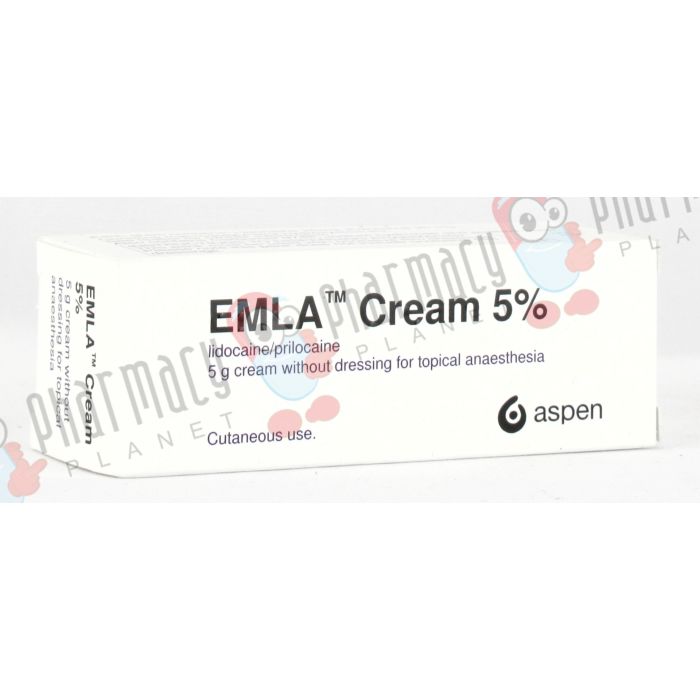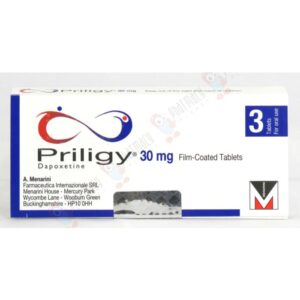What is Emla?
How does it work?
Emla 5g Cream contains a combination in equal amounts of two anesthetics, lignocaine and prilocaine. These anesthetics are aminoamides that act directly on the nerve endings of the skin to block the generation and transmission of specific nerve impulses in a defined area, and this provides a reversible loss of sensitivity in superficial pain receptors.
Lignocaine and Prilocaine in Emla 5% Cream work by stabilizing nerve cell membranes by blocking the entry of sodium ions through voltage-dependent sodium channels into cell membranes and this inhibits the generation of a nerve impulse and its transmission to the brain, which means that pain receptors will not receive any pain sensation, although other sensations such as pressure can still be perceived. Emla Cream 5% is absorbed through the layers of the skin, reaching the nerve endings and pain receptors, where they work together to numb the skin area before a potentially painful procedure such as an injection.
What are the benefits of taking it?
How do I use it and its dosage?
Side effects & precautions
Like all medicines, this medicine can cause side effects, although it does not all people suffer from them.
Contact your doctor or pharmacist if any of the following side effects cause you any discomfort or does not seem to go away.
A slight reaction may appear (pale or red skin, slight swelling, burning, or initial itching) in the area on which EMLA is applied. These are normal reactions to the cream and anesthetics and will disappear in a short time without taking any action.
If you experience any bothersome or unusual effects while using EMLA, discontinue use and see your doctor or pharmacist as soon as possible.
Common (may affect up to 1 in 10 people)
- Transient local skin reactions (paleness, redness, swelling) in the area of application during treatment on the skin, genital mucosa, or leg
- A slight initial sensation of burning, itching, or heat in the application area during the treatment on the genital mucosa or leg
Uncommon (may affect up to 1 in 100 people)
- A slight initial feeling of burning, itching, or heat in the treated area during treatment in the
- Numbness (tingling) in the application area during treatment in the genital
- Irritation of the skin in the application area during the treatment of leg
Rare (may affect up to 1 in 1,000 people)
- Allergic reactions that, in rare cases, can be an anaphylactic shock (rash skin, swelling, fever, shortness of breath, and fainting) during treatment on the skin
- genital mucosa, or leg
- methemoglobinemia (blood disorder) during skin
- Small dotted hemorrhage in the treated area (particularly in children with eczema after long application periods), during skin
- Eye irritation if EMLA accidentally comes into contact with the eyes during skin treatment



Reviews
There are no reviews yet.